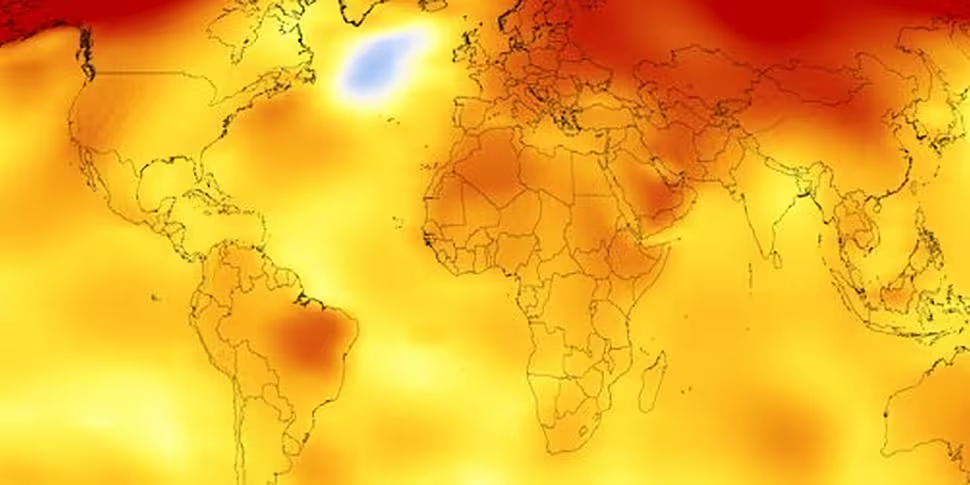The last three years were the hottest on record, according to a new UN report, and 2017 was the second-warmest ever.
Fresh data has revealed that "2015, 2016, and 2017 have been confirmed as the warmest years" since records began in the 19th Century, the World Meteorological Organisation (WMO) said.
The WMO said that 2016 remained the hottest year ever measured due to the warming effect of El Nino.
The warmest ever non-El Nino year was 2017, which was hotter than 2015 by less than one hundredth of a degree.
An analysis of five international datasets revealed that the global average surface temperature in 2017 was roughly 1.1C above the pre-industrial era.
WMO consolidation of @NASA, @NOAA, @metoffice @ECMWF, JMA datasets confirms 2017 as warmest year on record without #ElNiño. 2016, 2017 and 2015 are warmest 3 years. #StateOfClimate pic.twitter.com/QoSPKwwWGL
— WMO | OMM (@WMO) January 18, 2018
"The long-term temperature trend is far more important than the ranking of individual years, and that trend is an upward one," said WMO secretary-general Petteri Taalas.
"Seventeen of the 18 warmest years on record have all been during this century, and the degree of warming during the past three years has been exceptional.
"Arctic warmth has been especially pronounced and this will have profound and long-lasting repercussions on sea levels, and on weather patterns in other parts of the world."
The globally averaged temperature in 2017 was about 0.46C above the 1981-2010 long-term average of 14.3C, according to the UN's meteorologists.
In addition to rising greenhouse gas levels in the atmosphere which is causing global warming, the climate also has naturally occuring phenomena which affect the surface temperature.
Cyclical conditions including El Nino, which has a warming influence, and La Nina, which has a cooling influence, are reflected in data.
"The strong 2015-16 El Nino contributed to the record temperature in 2016. By contrast, 2017 started with a very weak La Nina and also finished with a weak La Nina," said the WMO.
The WMO's datasets are based on monthly climatological data collected by high-quality observation sites, including NASA's Goddard Institute for Space Studies.









